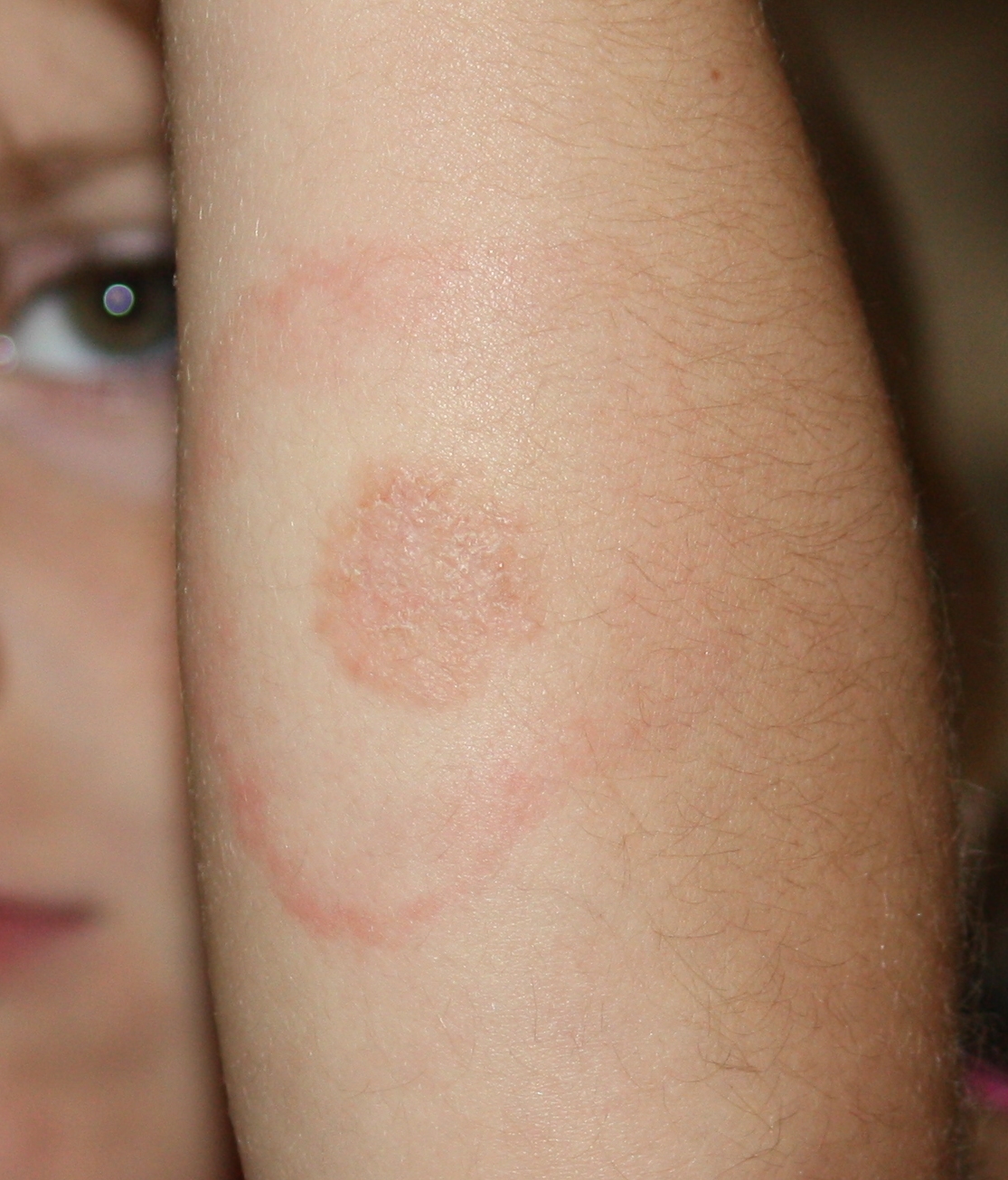Global epidemic has been ignored, misdiagnosed and misunderstood for far too long
By Dina Gavarieva
When pop icon Justin Timberlake revealed he’d been diagnosed with Lyme disease, the world’s media scrambled to piece together the when, where and how.
Had he been bitten by a tick in Idaho? Was it during a family hike in Montana? Or, as one article speculated, did he pick it up in the Hamptons, now dubbed ‘the holiday hotspot where celebrities catch Lyme’? While it’s easy to dismiss such headlines, beneath the spin lies a far more serious story – one that I and my colleagues see unfold every single day.
Lyme disease isn’t simply a quirky celebrity ailment. It’s a global epidemic that’s been ignored, misdiagnosed, and misunderstood for far too long.
This is not a disease limited by geographical boundaries – though the Arctic is a relatively safe bet – and Europe, North America and parts of Asia are the main hotspots, especially temperate forested regions.
So, take care – especially when visiting our beautiful Troodos.
Sadly, Lyme disease has been a hidden pandemic for decades with sufferers often told their symptoms are psychological or stress-related.
Even when diagnosed, treatment was – and pretty much remains – a short course of antibiotics. This is in spite of mounting evidence that Lyme, especially in its chronic form, is far more complex.

Now, thanks in part to high-profile cases like Justin Timberlake, Avril Lavigne, Shania Twain, Alec Baldwin and Bella Hadid, the world is waking up. And it’s about time.
The Centers for Disease Control and Prevention (CDC) in the United States estimates around 476,000 Americans are diagnosed and treated for Lyme disease each year. In Europe, more than 200,000 cases are said to occur annually, with hotspots in Germany, Austria, Sweden, and the UK.
Here in Cyprus, while data is less readily available, we are far from immune. We’ve treated locals with textbook Lyme symptoms.
The biggest problem sufferers face is that much of the medical community still doesn’t fully appreciate that the infection – caused by the Borrelia burgdorferi bacterium – is only the beginning.
Furthermore, the symptoms can be varied and utterly debilitating, which often leads to misdiagnosis.
We are talking fatigue that no amount of sleep can touch; brain fog that robs you of clarity; pain that shifts from joint to joint; muscle weakness; insomnia; cardiac issues; dizziness; anxiety; depression; and, in severe cases, neurological dysfunction so profound that people are misdiagnosed with conditions like MS or fibromyalgia.
Timberlake has said that his symptoms were so intense he had to cancel part of a world tour. Lavigne, at one point, was bedridden for five months. Hadid has spoken about years of muscle pain, chronic fatigue and brain fog. These aren’t minor inconveniences – they’re life-altering assaults on the body and mind.
And if that isn’t enough to worry you, Lyme disease rarely travels alone.
Co-infections such as Bartonella, Babesia, Ehrlichia and Mycoplasma are commonly transmitted by the same tick that delivers Borrelia.
These pathogens can complicate diagnosis, delay recovery, and cause their own catalogue of symptoms. That’s why any effective treatment approach needs to look beyond Lyme and address the full microbial picture.
In short, Lyme disease is a multi-systemic condition that demands more than a single line of treatment.
While antibiotics are often a necessary starting point, they’re rarely the whole answer, especially when diagnosis comes late or the infection has triggered widespread inflammation, immune dysfunction or neurological symptoms.
I’ve witnessed the devastation Lyme can bring: teenagers forced to drop out of school; parents unable to care for their children; talented professionals losing careers and confidence.
Many have spent years bouncing between doctors, being dismissed or misdiagnosed, and it has to change.
The most effective care begins with a comprehensive approach: listening to the patient, identifying not just Borrelia but the common co-infections like Bartonella and Babesia, as well as testing for heavy metals, toxic load, gut imbalances, and the knock-on effects on the immune, lymphatic and nervous systems.
Across Europe and beyond, more progressive clinics and practitioners are turning to integrative care models that combine medical, functional and naturopathic approaches. Treatment plans might include ozone therapy, IV nutrient support, hyperthermia, peptide therapy, lymphatic drainage, colon hydrotherapy, and technologies like PEMF (pulsed electromagnetic field therapy) or Papimi — all designed to reduce inflammation, stimulate detoxification and restore energy at the cellular level.
Crucially, emotional and psychological support must not be overlooked. Chronic Lyme is not just a biological illness; it’s a psychological and spiritual burden. Patients need more than prescriptions – they need to be believed, supported and empowered.
True recovery is not about managing symptoms. It’s about rebuilding lives gently, strategically and holistically.
Lyme disease is a growing, global crisis and public awareness matters. That’s why Timberlake’s announcement is not simply a talking point. Every headline helps shift Lyme disease out of the shadows and into the light.
Every celebrity who speaks up validates the suffering of the millions still looking for answers – and hope starts with recognition.
If you or someone you love is struggling with mysterious, chronic symptoms — don’t be afraid to ask questions. Demand proper testing. Look beyond the one-size-fits-all solutions.
And if you’ve been diagnosed with Lyme and you’re still not well, know this: you are not alone, and you are not beyond help.
Dina Gavarieva is a qualified naturopath practising at Neomed Institute and Medical Centre, Limassol







Click here to change your cookie preferences